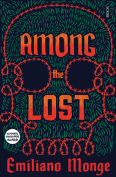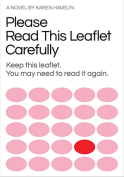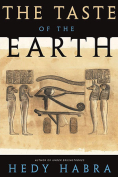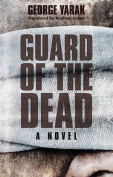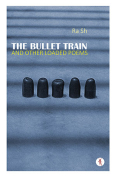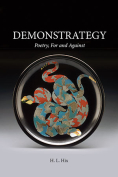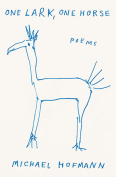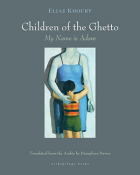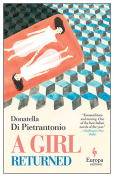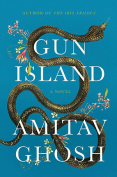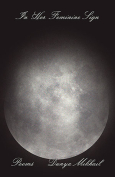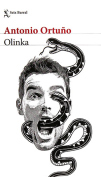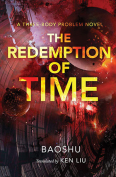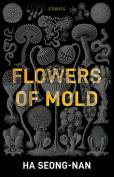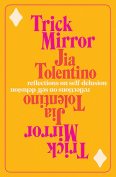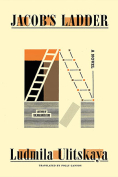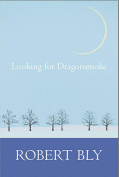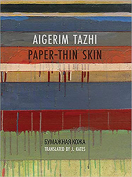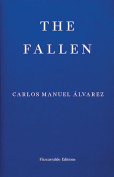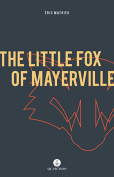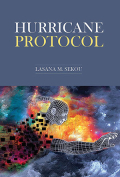Please Read This Leaflet Carefully by Karen Havelin
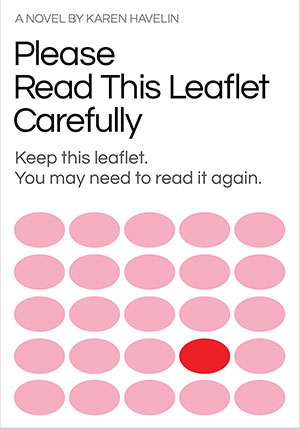 New York. Dottir Press. 2019. 271 pages.
New York. Dottir Press. 2019. 271 pages.
Please Read This Leaflet Carefully is the interior monologue of Laura Fjellstad, a young woman made old by decades of chronic pain. Told in reverse chronology, Laura’s story is an endless cycle of enduring and managing pain from “deeply infiltrating endometriosis” that is exacerbated by asthma, severe food allergies, and prestage osteoporosis. Every element of her day in New York—from what she eats to how far she walks—is carefully orchestrated to avoid more pain.
Yet, for all her planning and considering, the narrator has very little control over her daily health. This powerlessness results in physical discomfort and, perhaps more destructively, what Laura calls a “sucking vortex of anxiety.” Her thoughts are constantly at war with her family, her lovers, and herself. She both needs and rejects support, which further feeds this cycle of discomfort and anxiety. There are brief moments of tenderness and joy, but, for the first six years of the story, readers are confronted with intense physical and psychological trauma. Havelin creates an ever-narrowing world where narrator and reader suffocate beneath persistent waves of crippling pain and unhealthy thoughts. Laura’s monologue is both exhaustive and exhausting.
As the story moves backward through formative moments and relationships, the tone is slightly less intense. We see Laura in Norway, from youth through young adulthood, struggling to define herself independently of illness. In a series of scenes with family, friends, and lovers, she alternates between sharing her pain and keeping it a secret. Though the pace has quickened here, these scenes establish an important pattern: pain has always been her most intimate partner.
On the surface, this is an oppressive book with an underdeveloped plot, but Havelin has successfully illustrated the ways in which pain controls everything that matters. Lives are misshapen, relationships are stunted, thoughts are dominated, and long-term medical advice is reduced to a leaflet. Pain is a lonely place. At one point, Laura asks herself, “Is it even possible for people to accompany each other to the darkest places?” For those who want to understand pain’s physical and emotional toll, and for those isolated by their own pain, this book may provide the answer.
Mary E. Adams
University of Louisiana Monroe

